7 Essential Tips for Choosing the Perfect Household Tailoring Mat for Your Projects
In recent years, the demand for high-quality crafting tools has surged, with the global market for tailoring materials projected to reach over $7 billion by 2025 (Market Research Future, 2021). Among these essential tools, the Household Tailoring Mat stands out as a pivotal item for both amateur and professional sewists. A well-chosen mat not only enhances the precision of your projects but also contributes to a more comfortable and efficient working environment.
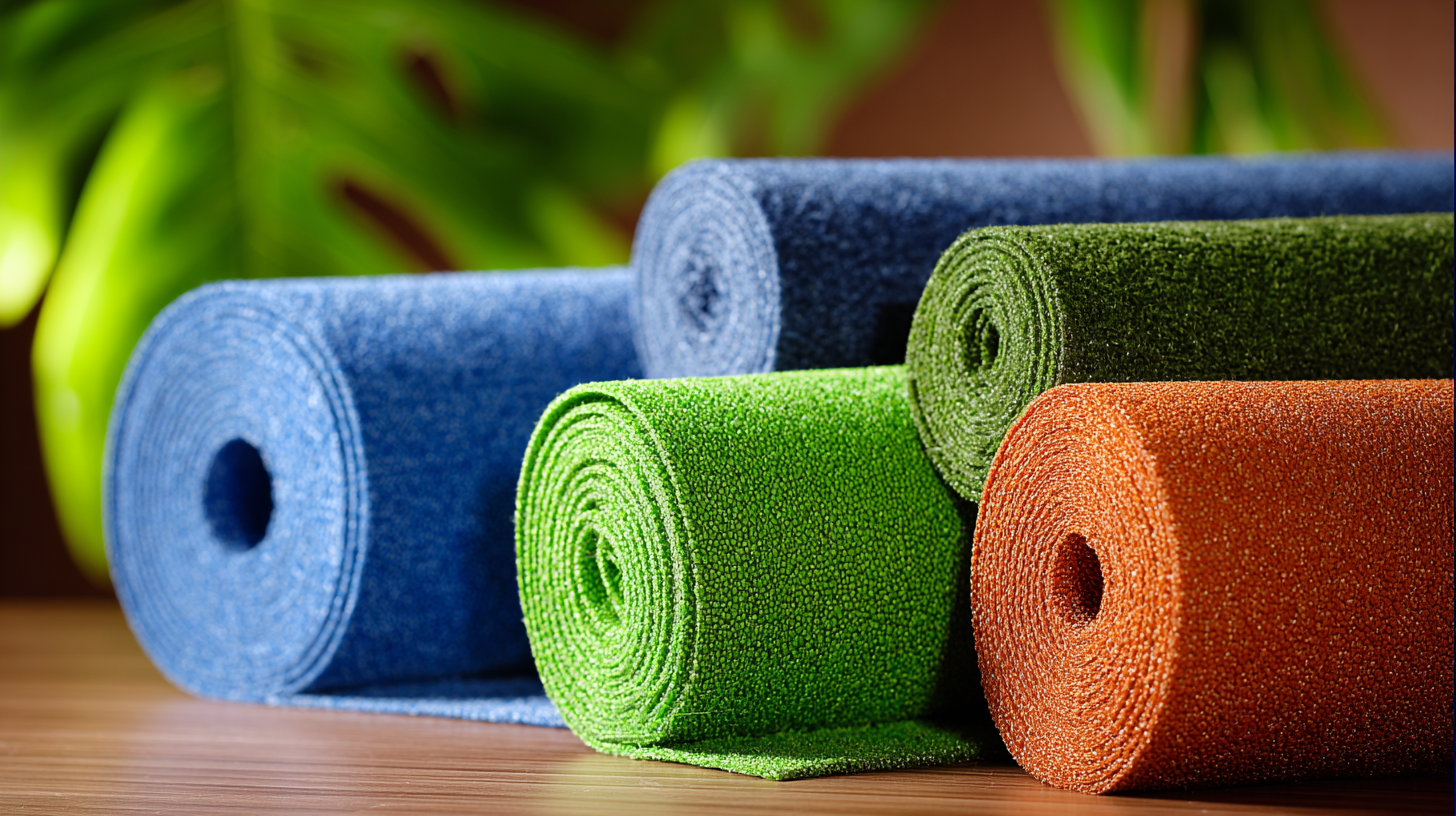
As crafting becomes increasingly popular, understanding the key factors in selecting the perfect Household Tailoring Mat is vital for achieving optimal results in your sewing endeavors. This blog will explore seven essential tips to help you navigate the options available in the market, ensuring that your choice complements your crafting needs and elevates your project outcomes.
Understanding Your Project Needs: Types of Tailoring Mats for Different Tasks
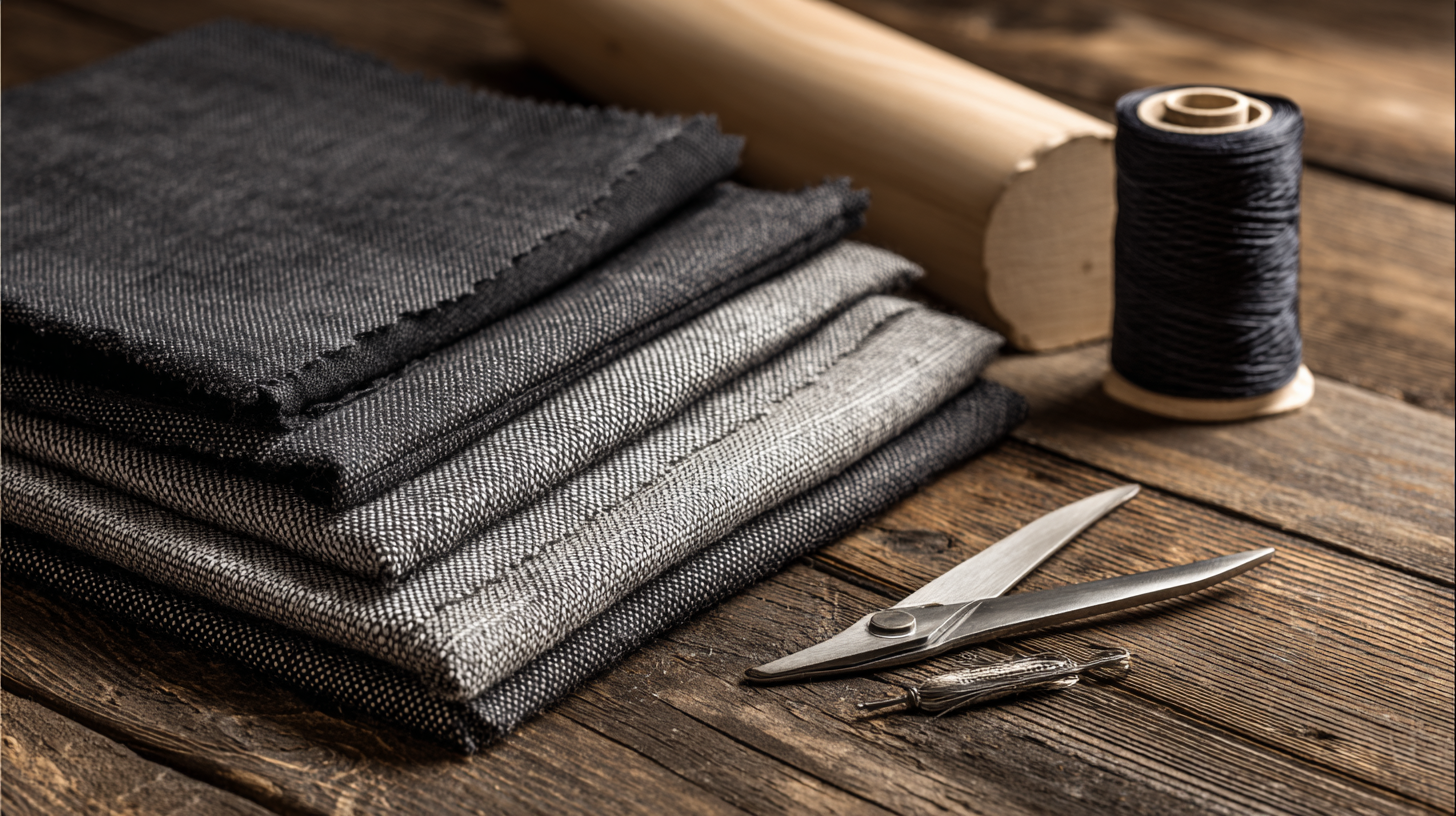 When it comes to household tailoring projects, selecting the right mat is essential to ensure comfort and efficiency. Understanding your project needs is the first step in choosing the perfect tailoring mat. Different types of mats cater to various tasks, so it’s crucial to align your mat choice with your specific project requirements. For instance, a crafting mat with grid lines can greatly enhance precision for quilting or sewing projects, while a more cushioned mat may be necessary for prolonged standing during alterations.
When it comes to household tailoring projects, selecting the right mat is essential to ensure comfort and efficiency. Understanding your project needs is the first step in choosing the perfect tailoring mat. Different types of mats cater to various tasks, so it’s crucial to align your mat choice with your specific project requirements. For instance, a crafting mat with grid lines can greatly enhance precision for quilting or sewing projects, while a more cushioned mat may be necessary for prolonged standing during alterations.
Moreover, consider the environment in which you’ll be working. Mats designed for sewing may feature surfaces that help prevent fabric slipping, making them ideal for intricate designs. Conversely, if your projects involve cutting fabric, a self-healing cutting mat is essential to maintain durability and safeguard your tools. Lastly, pay attention to the material; mats made from high-density foam provide extra support, while rubber mats offer a non-slip surface. By assessing your project needs and the characteristics of various tailoring mats, you can create a more enjoyable and productive crafting experience.
Material Matters: Choosing the Right Fabric for Durability and Ease of Use
When it comes to household tailoring, the choice of fabric for your mat can significantly impact your projects' success. The right material not only enhances durability but also provides ease of use. Opting for high-quality cotton or polyester blends typically offers a good balance of sturdiness and flexibility, allowing for smooth cutting and sewing. Look for mats with a textured surface that prevents slipping, ensuring your fabric stays in place while you work.
A crucial tip for selecting your tailoring mat is to consider its thickness. Thicker mats provide better cushioning, making them more comfortable for long periods of use, while thinner mats are lighter and easier to store. Additionally, ensure the mat has a self-healing property, which minimizes cuts and marks over time, preserving the mat’s integrity and extending its lifespan. Ultimately, choosing the right fabric will improve your craftsmanship and help you achieve professional results in your tailoring projects.
7 Essential Tips for Choosing the Perfect Household Tailoring Mat for Your Projects
| Tip No. | Tip Description | Material Consideration | Durability Rating | Ease of Use |
|---|---|---|---|---|
| 1 | Choose the Right Size | Cotton or Polyester | High | Easy to handle |
| 2 | Consider the Texture | Faux Leather | Medium | Moderate grip |
| 3 | Opt for Non-Slip Backing | Rubberized Backing | Very High | Highly stable |
| 4 | Evaluate Thickness | Dense Foam | High | Comfortable to use |
| 5 | Check for Water-Resistance | Vinyl or Coated Fabrics | Medium | Moderate ease |
| 6 | Look For Easy Cleaning Options | Machine-Washable Materials | High | Very easy |
| 7 | Consider the Price Point | Various Fabrics | Varies | Variable options |
Size and Thickness: Finding the Perfect Dimensions for Your Workspace
When it comes to selecting the ideal household tailoring mat, size and thickness are critical factors that directly influence your crafting experience. According to a report by the Craft and Hobby Association, nearly 70% of crafters prioritize workspace comfort and functionality, making the dimensions of your mat an essential consideration. A standard mat size of 24 x 36 inches is widely recommended, providing ample space for various projects while being manageable for storage. However, your unique crafting habits, whether sewing, quilting, or other textile arts, should guide your specific choice in mat size.
Thickness also plays a pivotal role in comfort and usability. A thickness ranging from 1/8 inch to 1/4 inch is optimal for most sewing projects, as it offers a balance between support and flexibility. The National Quilting Association suggests that thicker mats can help reduce fatigue during longer sessions by providing a cushioned surface, which is particularly beneficial for quilters who spend extended hours on their craft. As you explore your options, balancing size and thickness will not only enhance your workspace but also refine your overall tailoring experience, ensuring you can focus on creating rather than compromising on comfort.
Household Tailoring Mat Size and Thickness Preferences
This bar chart represents the preferences for sizes and thicknesses of household tailoring mats based on a survey of crafting enthusiasts. It showcases the percentages of respondents who prefer various dimensions for their workspace needs.
Texture and Grip: Ensuring Stability and Control While You Sew
When selecting a household tailoring mat, the texture and grip should be at the forefront of your decision-making process. A mat with the right texture will not only enhance your sewing experience but will also ensure precision in your projects. Look for mats made from materials that provide sufficient friction, preventing fabric from slipping while you cut or sew. For instance, a textured surface can keep your fabric securely in place, allowing for more accurate measurements and clean, straight cuts.
Additionally, pay attention to the grip capability of the mat. A non-slip backing can make a significant difference, especially when working with lightweight or slippery fabrics. Ensure the mat stays in place on your work surface, as this stability gives you more control over your movements. Test out different mats to find one that resonates with your comfort level, as personal preference plays a vital role in achieving optimal results.
Lastly, consider the maintenance aspect of your mat’s texture and grip. Some materials can easily collect dust and fibers, which may diminish their effectiveness over time. Choose a mat that is easy to clean, so it remains in top condition for all your tailoring needs. A well-maintained mat with excellent texture and grip will be an invaluable tool in helping you produce beautiful, professional-looking projects.
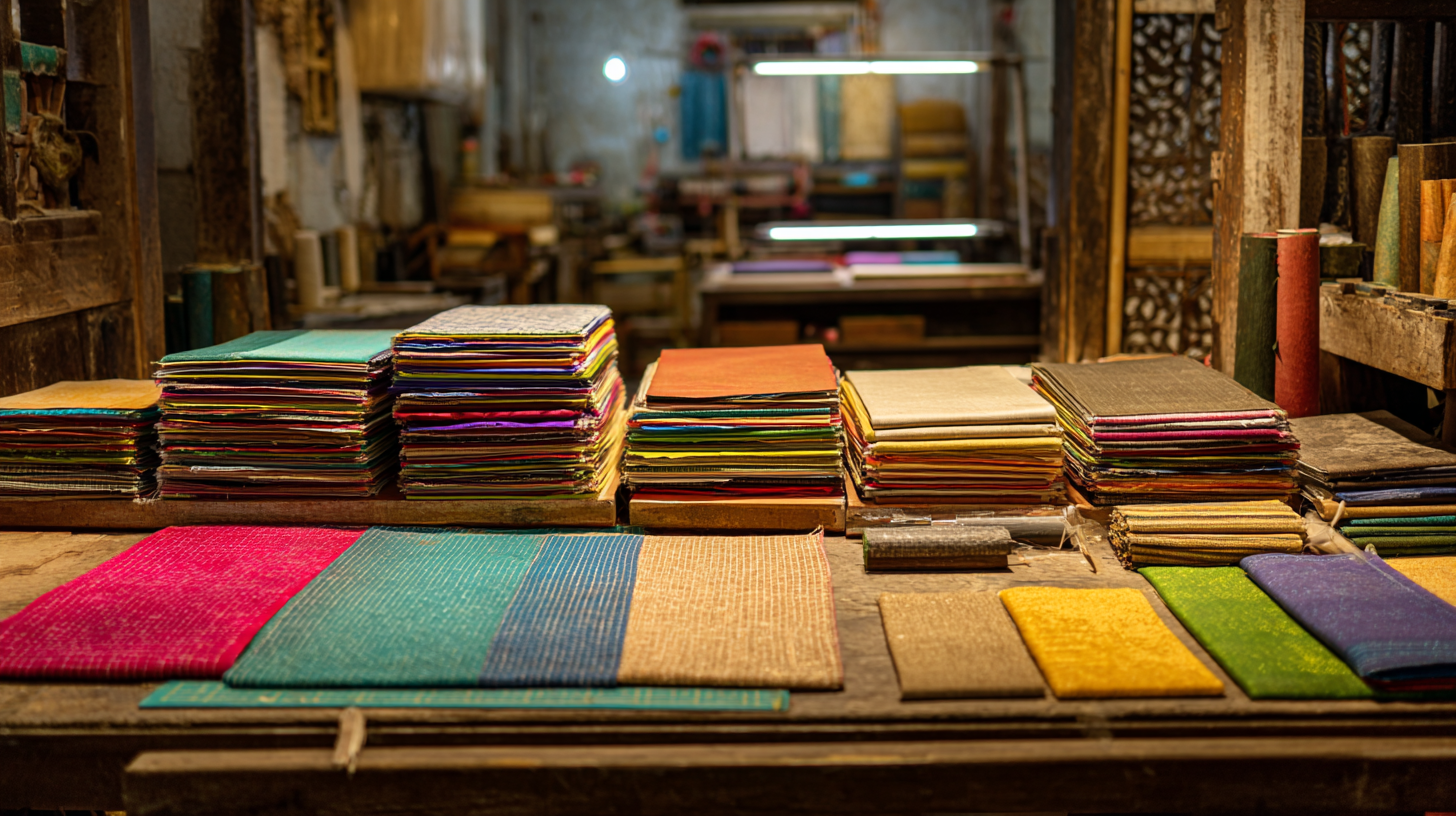
Cleaning and Maintenance: Keeping Your Tailoring Mat in Optimal Condition
When it comes to household tailoring mats, proper cleaning and maintenance are key factors in ensuring longevity and optimal performance. According to a recent survey by the Sewing and Craft Alliance, 63% of crafters reported that a clean workspace significantly improves their productivity and creative output. To maintain your tailoring mat, regular cleaning is essential. For best results, use a damp cloth and a mild detergent to wipe down the surface, which helps to prevent the accumulation of dust and fabric lint that could interfere with your projects.
Additionally, storing your mat correctly can extend its life. A report from the Craft Industry Alliance indicates that 47% of crafting mishaps can be attributed to improper storage of tools and materials. It's best to keep your mat flat and away from direct sunlight, which can lead to warping or fading over time. By implementing these simple cleaning techniques and proper storage practices, you can keep your tailoring mat in optimal condition, allowing you to focus on what you love—creating beautiful projects.
Related Posts
-
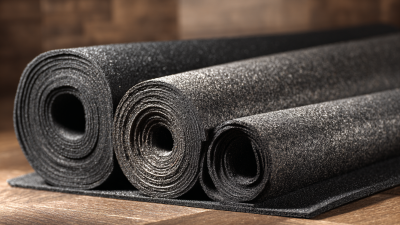
7 Essential Tips for Maintaining Your Natural Rubber Bath Mat for Longevity
-

Top Strategies for Choosing the Best Double Ribbed Floor Mat for Your Business
-

5 Secrets to Choosing the Best Plastic Green Grass Mat for Your Home
-

Ultimate Guide to Choosing the Best Ribbed Outdoor Door Mat for Your Home
-

Top Strategies for Transforming Your Entrance with Extra Large Welcome Mats
-
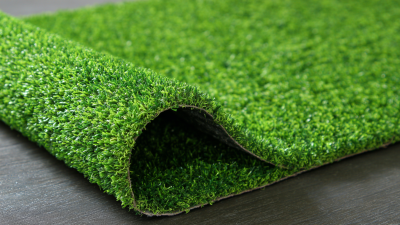
Exploring the Versatility of the Best Plastic Green Grass Mat for Diverse Applications

